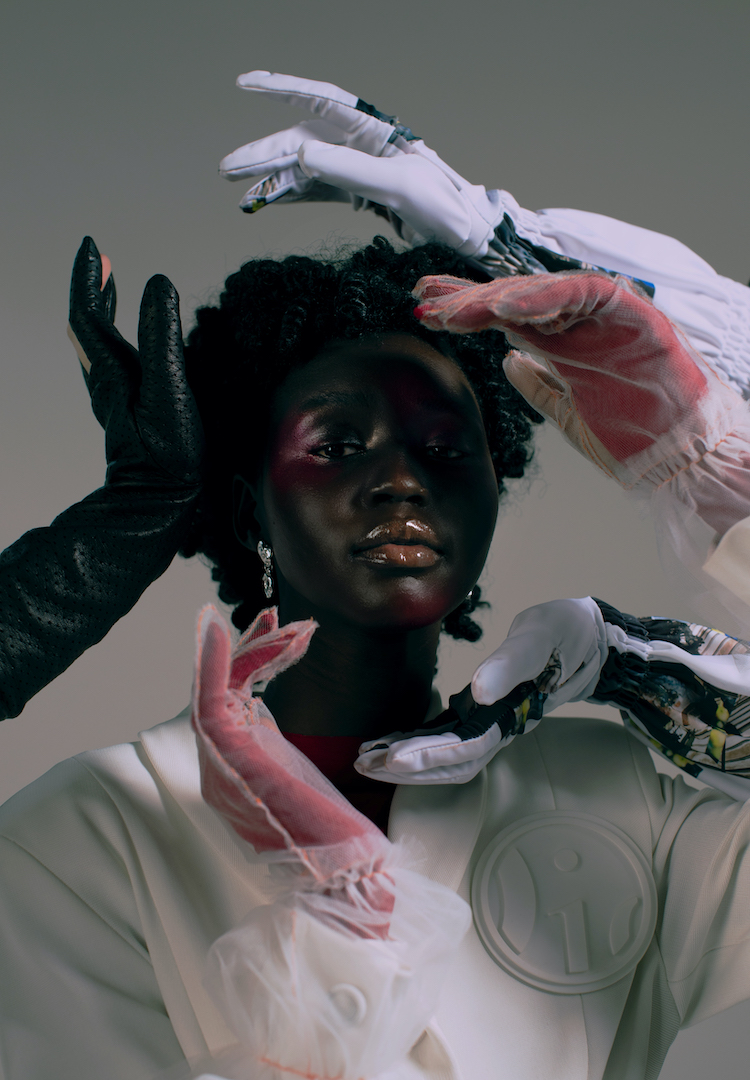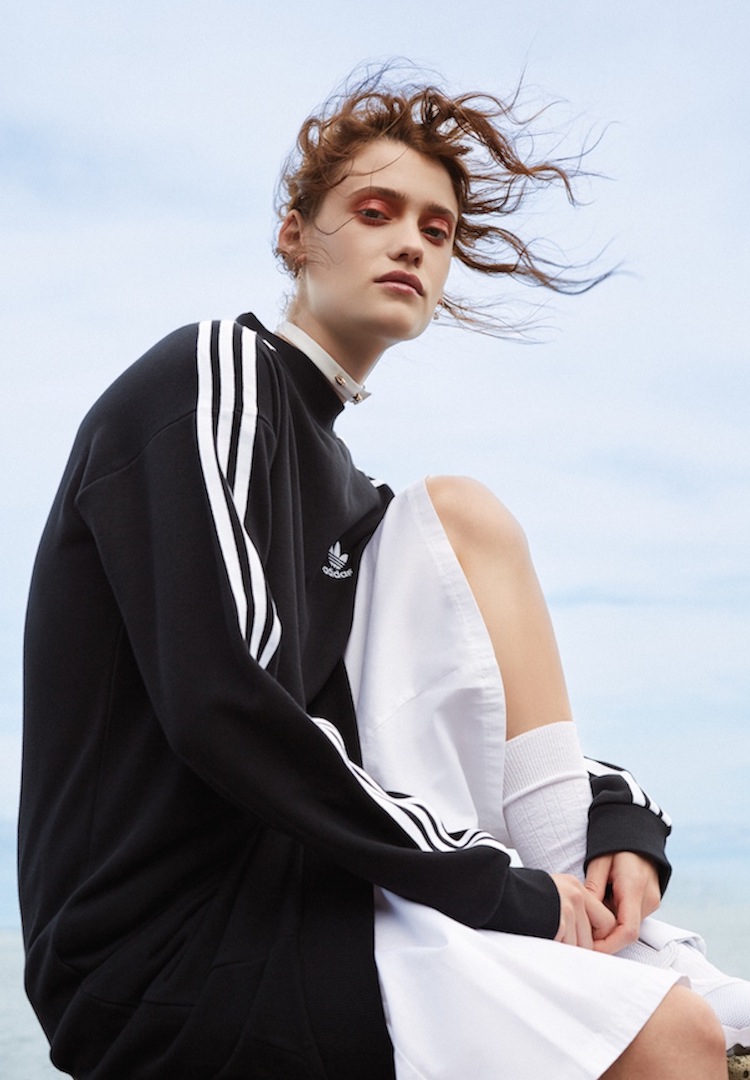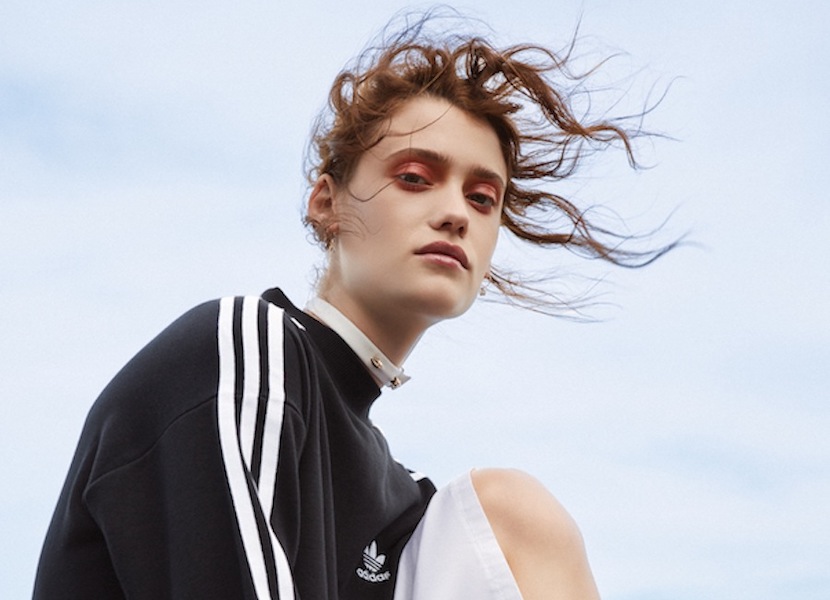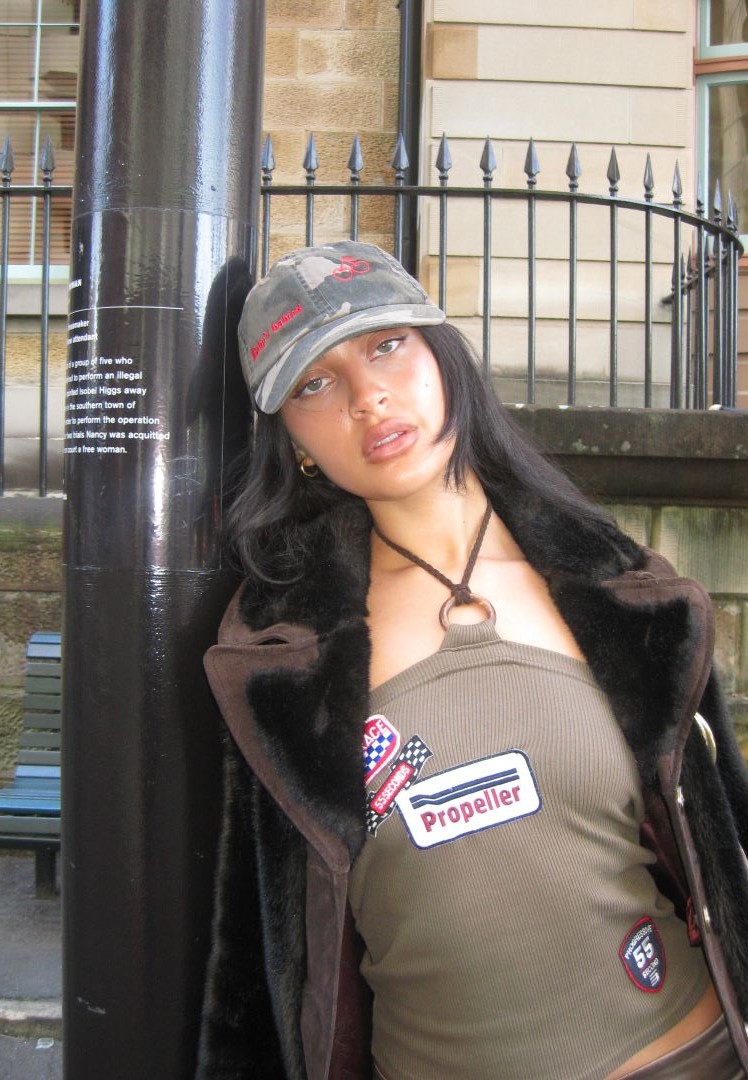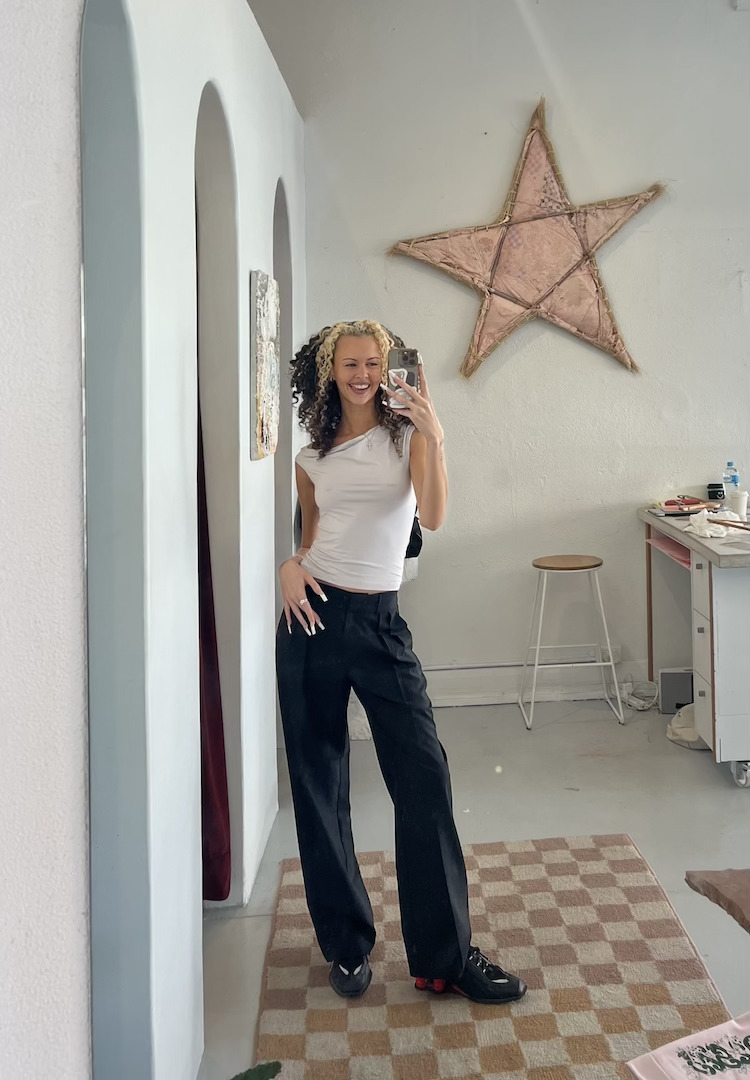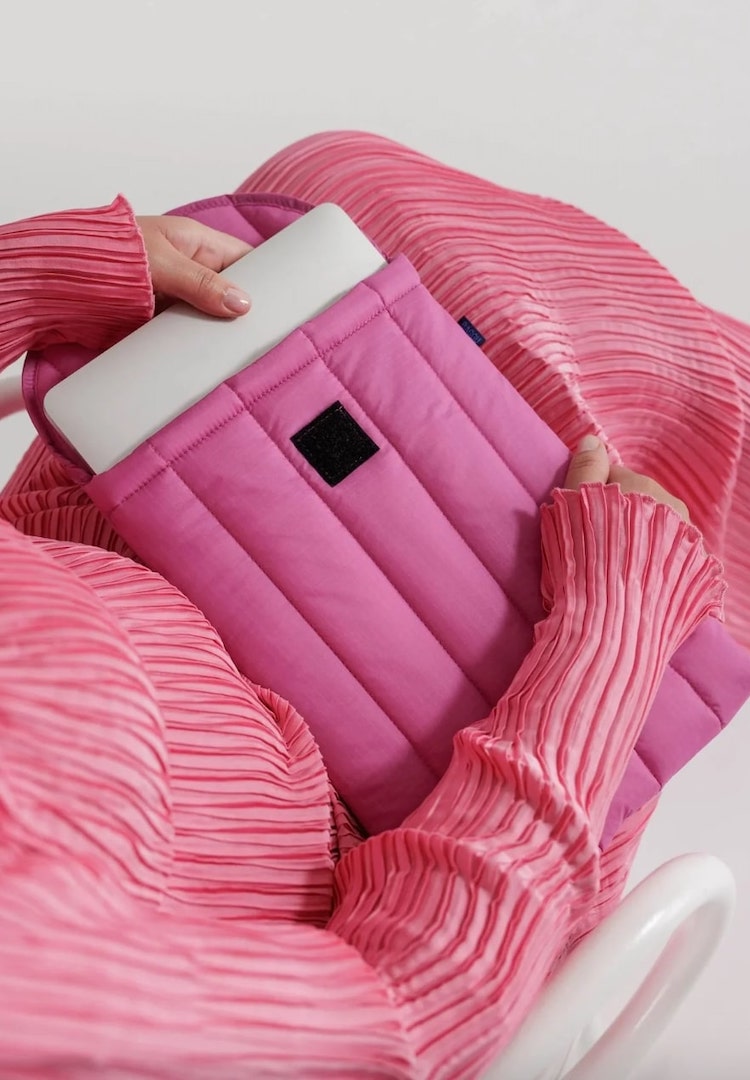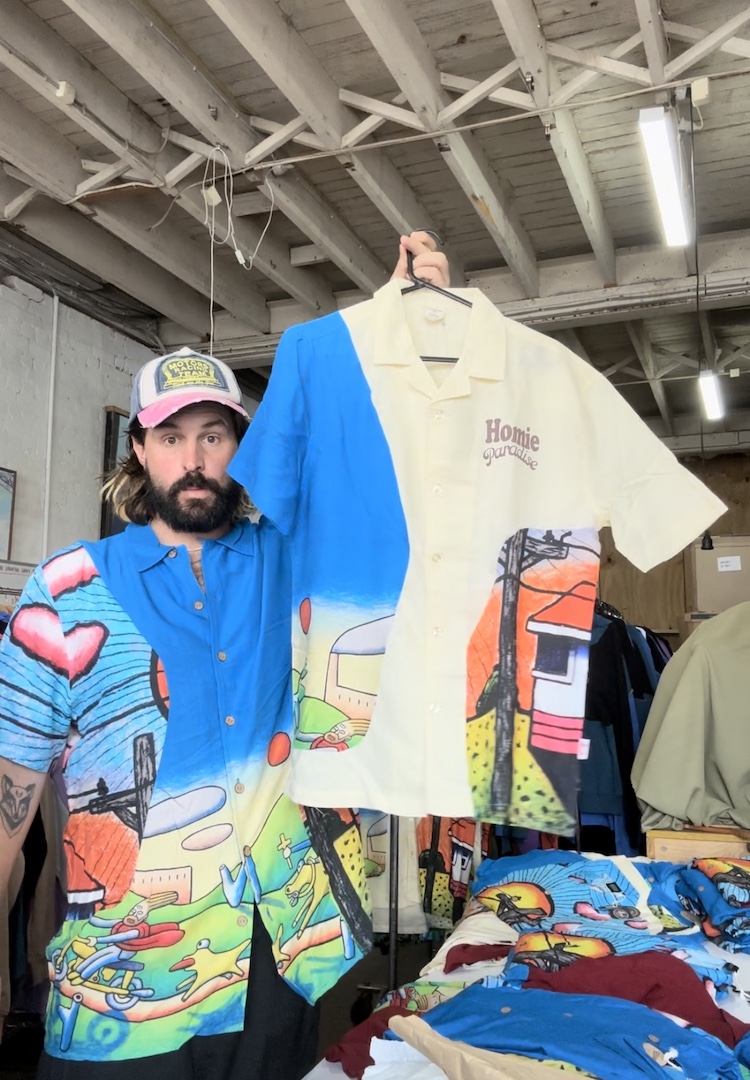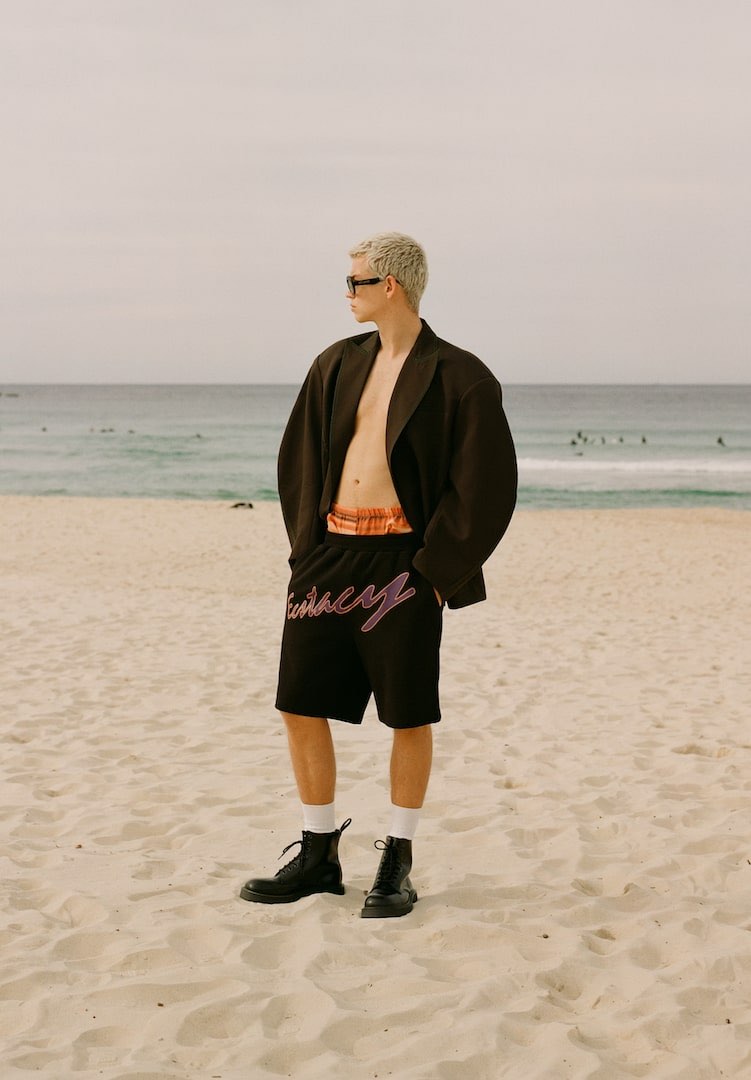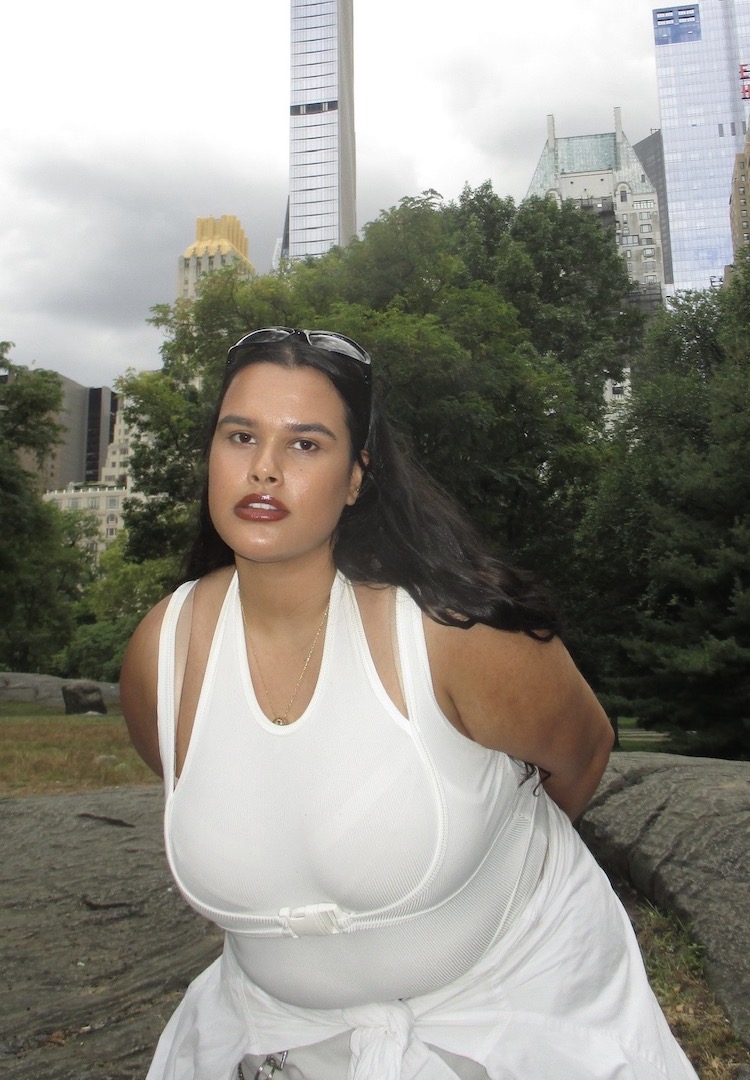Where are all the Australian streetwear labels?
PHOTOGRAPHY BY JASON HENLEY
WORDS BY TORI MATHISON
And what really is streetwear?
I’ve never considered myself a major rep of streetwear. I put it down to being uninitiated in the sneaker game and just never finding a place in my heart for overtly branded clothing. Until the other day, I felt like streetwear was a faraway concept that was lost on me.
Then I found myself in a lighthearted debate with a friend, discussing whether or not the rise of UNIQLO’s coolness in Australia has meant that it can now be defined as streetwear. It made me question whether or not I even know what streetwear really is.
After doing a little research, I learnt that streetwear was the name given to the clothing and fashion aesthetics popularised by ’90s American surf, skate and hip-hop culture. Since then, it has grown to encompass a huge spectrum of trendy casual-wear worldwide. With many big name brands at the helm, such as Supreme, Yeezy, Stussy and Nike, it’s clear how easily streetwear trends can circulate the globe.
Unsurprisingly, streetwear would also now be considered a staple in the Australian fashion market. But we have seen far fewer streetwear brands popping up in the Australian fashion landscape when compared to our overseas counterparts. And given that Australia’s participation in the global fashion industry has never been restrained, it’s time we ask, why? Where are all the Australian streetwear labels?
Streetwear labels are only as big as their brand
An enduring design feature of streetwear, and a chief selling point, is the brand representation. The defining feature of a Supreme hoodie is that it’s Supreme. So when we consider the value of a streetwear brand, it generally comes down to the brand’s identity and credibility. This also highlights why it can be hard for emerging streetwear labels to advance their brand.
Contrary to the idea that streetwear is constantly evolving, Australian stylist Jana Bartolo feels that the streetwear we’re so familiar with has passed its peak, and perhaps that’s why there is an absence of Australian brands in the game.
Jana believes the apex of streetwear in Australia occurred around the same time as Louis Vuitton’s collaboration with Supreme. “It was an exciting time with the mix of high-end fashion and more grassroots streetwear brands. It led to a lot more opportunities to collaborate or grow a brand, from a few graphic T-shirts into high-end brands really adopting something more,” she says.
What does Australian streetwear actually look like?
On social media, we’re exposed to a hyper-Americanised view of fashion and popular culture. Often this kind of content is considered to be of equal relevance to consumers in Australia, but it also means that we can overlook what is actually going on here.
Aussie stylist Carlos Mangubat believes that streetwear can really just be anything that people are wearing on the street. “When we look into streetwear, I think we are looking into what particular subcultures are wearing at the moment,” he tells me.
And just because our prevalent brands don’t adhere to American streetwear aesthetics, it doesn’t remove them from the streetwear bracket. Carlos says that despite the absence of Australian streetwear brands internationally, labels like Perks and Mini (PAM) come to mind as a Melbourne brand which has been internationally successful. Furthermore, surf brands such as Billabong and Quicksilver, which Carlos believes could be considered streetwear, have also experienced global recognition and success.
It’s just that on the global scale, although many of us are no strangers to names like Pseushi, Supply, Above the Clouds, Saint Side, Sure Store, Street X and Contra, they are certainly no Palace, Dickies, Bianca Chandon and Supreme in the context of the global streetwear hierarchy.
So what’s the main reason?
As a smaller country, Jana believes that accessing the resources that will help you to breakthrough as an emerging label is the main reason we have a slow-developing streetwear industry here in Australia. “The innovation and talent is definitely here but [accessing] the resources to breakthrough can be more difficult,” she says.
Jana also notes that with the emergence of the resell market online, as well as the impacts of gentrification and consequently the high rental costs for walk-in stores, “… there are fewer avenues outside of online and pop-ups to showcase and build brands up.”
Whether or not this disparity comes down to a lack of exposure or opportunity is hard to say, especially when considering whether this is an obstacle faced by all labels in the Australian fashion industry or more noticeably labels that exist in the streetwear bracket.
Carlos feels that it’s more an issue of there being less innovative fashion developments in the streetwear sector here. “Rarely do I see trends that have a level of ‘newness’ that have begun here,” he says. “There aren’t any real boundaries being pushed or tested; more like adhering [to] what is deemed socially acceptable, rather than trying to stand out as an individual.”
Predicting the future of Australian streetwear
Determining the fate of Australian streetwear is hard to predict, particularly in the wake of a pandemic. “It’s really a conversation about the future of the fashion industry as a whole. Will it pause, or will it pivot?” Jana says. “The industry may learn to become more sustainable by being forced to produce slower than usual, meaning we may see really unique concepts evolve.”
Carlos agrees with this sentiment, anticipating that the thrifting market is set to expand, and in its own right defines an aspect of Australian streetwear. “I also wear a lot of thrifted high-end and random casual wear, as well as T-shirts of local artists, magazines and musicians. Right now, the current climate of Australia might force people to become more creative and thrifty, as they earn less and therefore spend less,” he says.
It’s also clear that a streetwear label can only be as successful as the force driving it. On a local level, the most powerful thing we can do as consumers is to support emerging streetwear brands. By encouraging smaller labels and new designers, this will enrich the Australian fashion landscape and create more opportunities for emerging Aussie streetwear in the long run.

